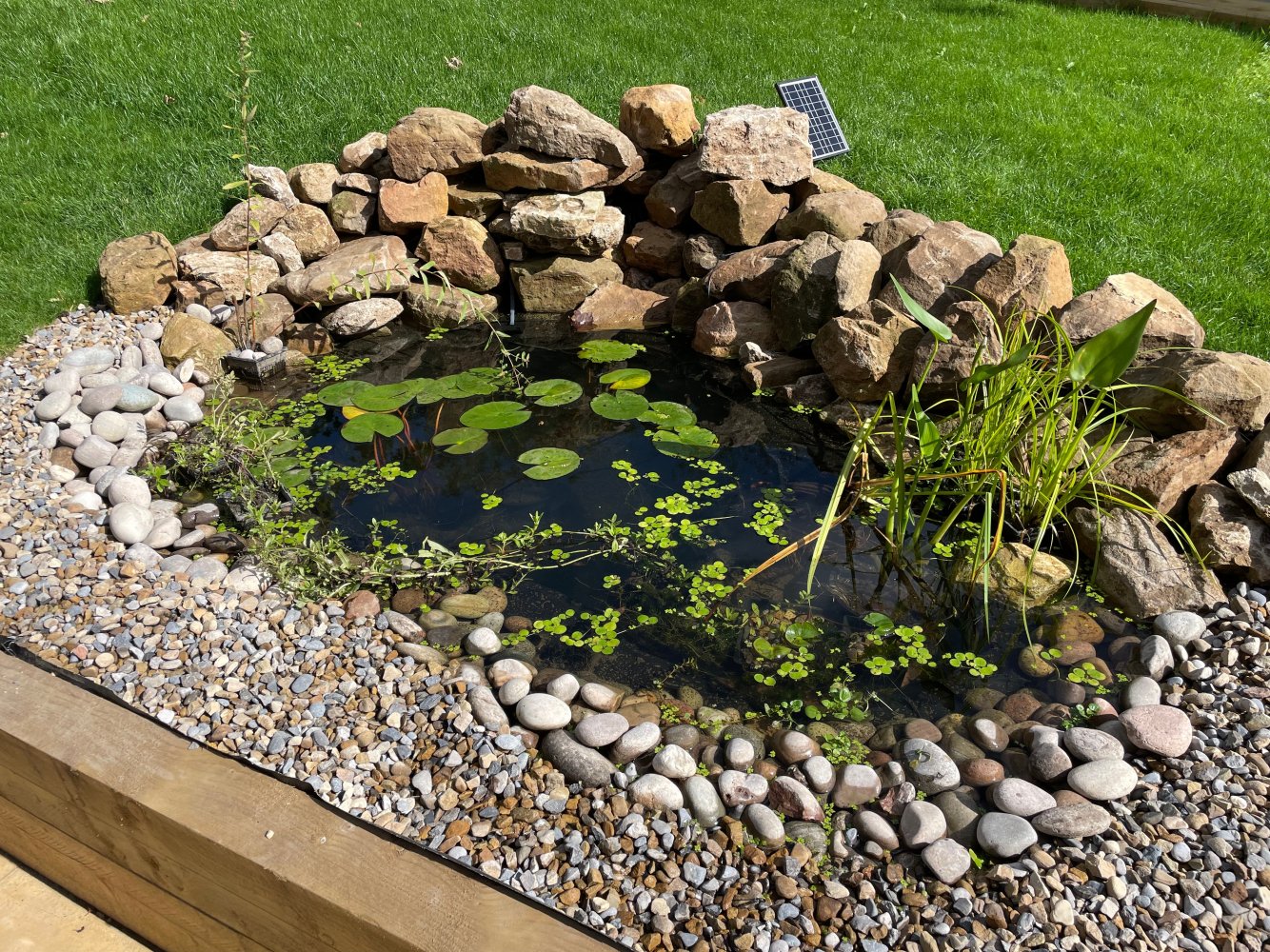JMorgan
Member
So with help from friends we built a small wildlife pond a couple of months ago and while it's going to be next year before it properly gets going, I need to replant some of the plants into bigger baskets over the winter, ready for next year.
I found these instructions for making your own DIY aquatic soil. How to Make Aquatic Plant Soil for Ponds
So my first question is whether anyone can critique what's being suggested? Anything you know from experience you'd do differently?
So far I have some bentonite clay cat litter without any additives/fragrances, some top soil and some sand.
So the second question is about Osmocote . . . I'm not sure if this recommendation is specific to the brand Osmocote or whether all slow release granular ferts would do the job? Osmocote on Amazon is stupidly expensive by weight, while other brands are more sensiblly priced.
That said I don't want to risk adding something that's going to slowly release something toxic to wildlife into the water - kinda defeats the whole point of a wildlife pond.
I should add that there will be no fish in this pond.
I found these instructions for making your own DIY aquatic soil. How to Make Aquatic Plant Soil for Ponds
So my first question is whether anyone can critique what's being suggested? Anything you know from experience you'd do differently?
So far I have some bentonite clay cat litter without any additives/fragrances, some top soil and some sand.
So the second question is about Osmocote . . . I'm not sure if this recommendation is specific to the brand Osmocote or whether all slow release granular ferts would do the job? Osmocote on Amazon is stupidly expensive by weight, while other brands are more sensiblly priced.
That said I don't want to risk adding something that's going to slowly release something toxic to wildlife into the water - kinda defeats the whole point of a wildlife pond.
I should add that there will be no fish in this pond.



